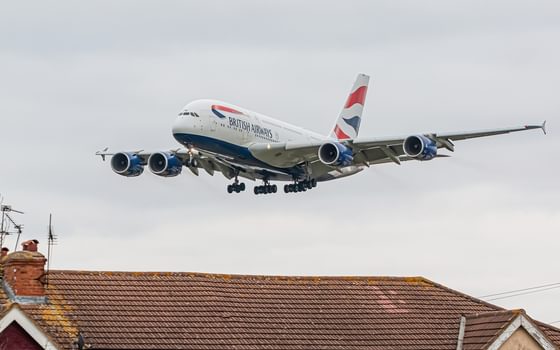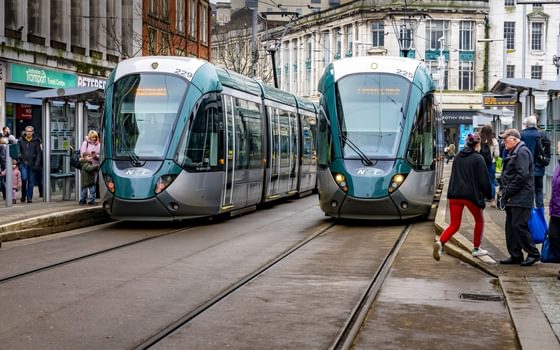An opportunity for the new Scottish Fisheries Minister
26 May 2016
As the SNP form a new administration in Scotland, there’s a major opportunity to shake up the management of Scotland’s inshore fishing industry.
With fisheries management already on the menu as debate swirls around the EU’s Common Fisheries Policy, the new Scottish Fisheries Minister, Cabinet Secretary Fergus Ewing, could make his mark by achieving better value for Scotland in the prized Scottish Langoustine, or prawn, fishery.
Langoustine (Nephrops norvegicus – a small lobster known by Scottish fishermen as prawns) is one of the most valuable fisheries for the Scottish economy, with a landed value of £75 million in 2014, the second most valuable stock overall to the Scottish fleet.
Last year I wrote about the ongoing ‘prawn wars’ in Scotland’s inshore waters as different fishing types try to access the price resource.
There are two main fishing gears that target Nephrops: one is mobile (trawling) and the other is static (creels). The vast majority – over 70% – of the fishing vessels targeting Nephrops are small scale creelers under 10 metres in length. Despite their greater vessel numbers, creelers produce only 15% of the Nephrops as trawlers fish most inshore and offshore waters and harvest larger quantities per vessel.
Following the repeal in 1984 of a law preventing trawlers from operating in the three miles from shore, and as wider Nephrops stocks have become locally depleted, fishing effort in inshore areas has increased. This has resulted in gear conflict.
The conflict between different fishing gears targeting the same catch, often in the form of lost or damaged gear, has yet to be resolved.
The question then remains: when different users are in competition for a limited public resource, how can we determine best value for society?
From war to peace
In our report released today we present seventeen social, economic and environmental criteria for assessing the Scottish Nephrops fishery.
Our chosen criteria align with the Scottish government’s Strategic Objectives to make Scotland wealthier and fairer, smarter, healthier, safer and stronger, and greener.
Our indicators cover a range of economic criteria (gross profits, economic value chain, distribution, port dependency, subsidies), social criteria (employment, citizen access, wellbeing, safety, enforcement), and environmental criteria (supporting science, discards of Nephrops and other species, bycatch, ghost fishing) which can be used to support decision-making.
We present a multi-criteria decision-making framework to evaluate trade-offs and to determine the holisitc performance of creelers and trawlers. This analysis leads us to conclude that the creel fishery should be granted greater spatial access to inshore waters to deliver better value from the resource.
This study furthers a growing body of research comparing gear types fishing for the same resource and the conclusions reached align with other comparative studies of the Nephrops fishery from other EU Member States.
Key recommendations
To generate best economic, social and environmental value from the langoustine fishery the Scottish Government should provide preferential access to the creel (a lobster pot, specifically for langoustine) fishery in inshore waters as they provide the highest social and economic value, for the lowest environmental impact.
This change in spatial fishing opportunities should nonetheless be balanced with creel limits in those areas, to ensure overfishing does not take place.
The Scottish Government should apply Article 17 of the Common Fisheries Policy (CFP) to the Scottish langoustine fishery to support transparent and objective decision-making and should incentivise more selective fishing gear, with reduced environmental impacts.
Stock and quota management should be at the Functional Unit (FU) level, as scientific and advisory groups recommend (ICES and relevant Advisory Councils), rather than at the much larger ICES /TAC areas.
Quota-based and effort-based fishing opportunities are also crucial to the wider management of the Nephrops fishery and should be considered in conjunction with any other overall changes to the industry.
Allocating fishing opportunities to those fleets and gear types that present best value to society is an opportunity not to be missed and will provide a necessary lifeline for rural communities highly dependent on the inshore resource, especially on the West Coast of Scotland.
Click here to download the Excel workbook of calculations.
Topics Environment Fisheries & farming






